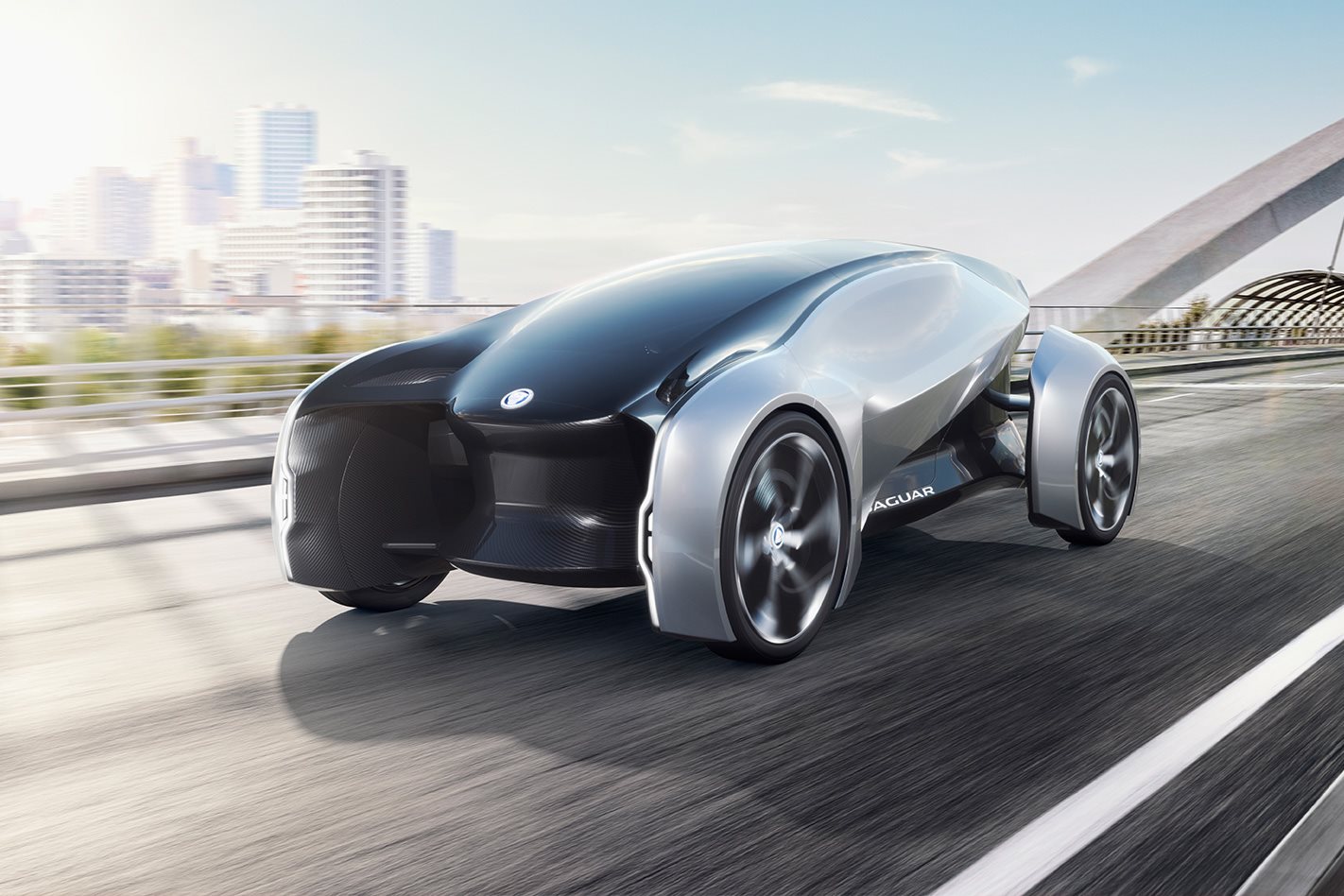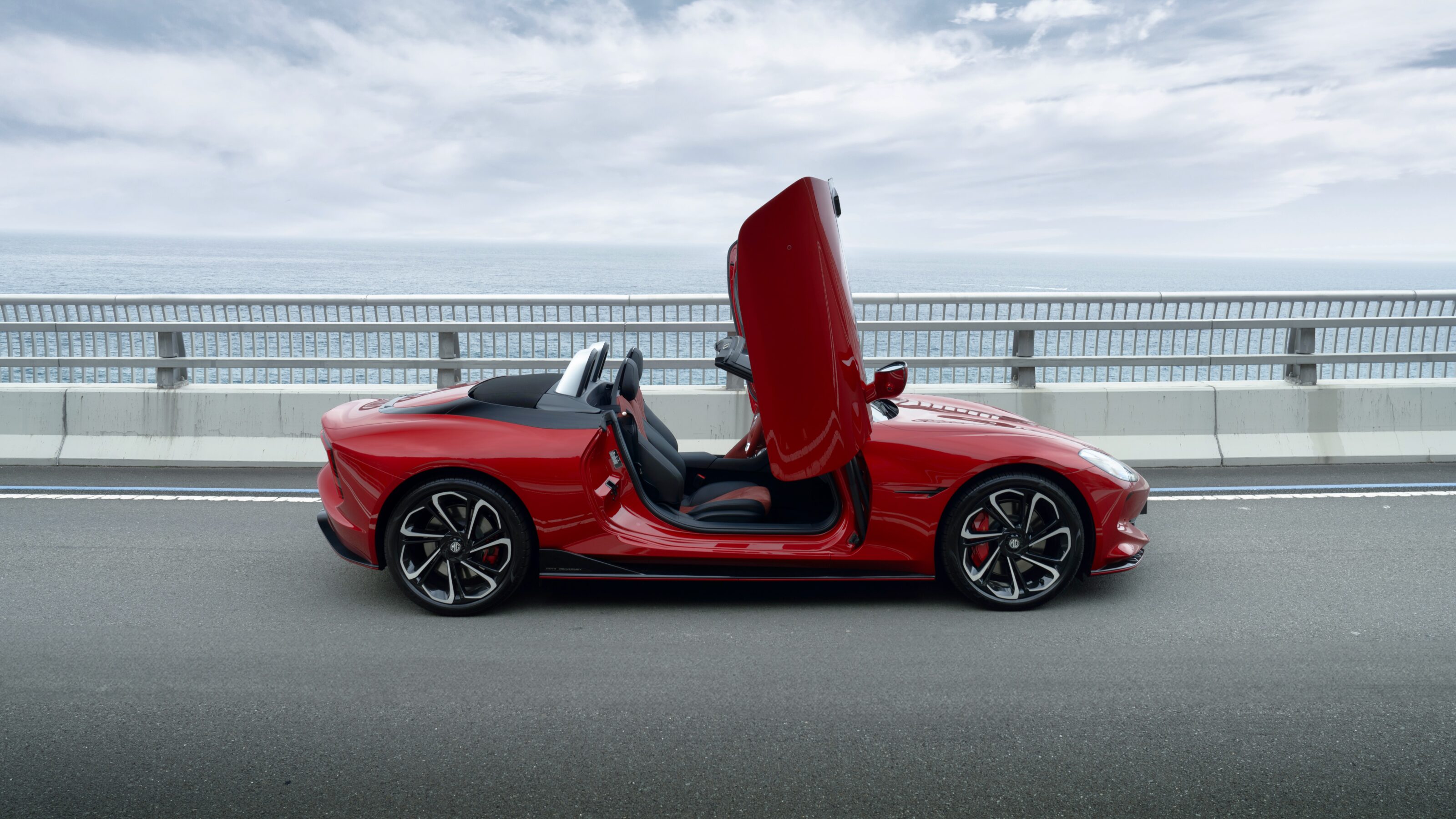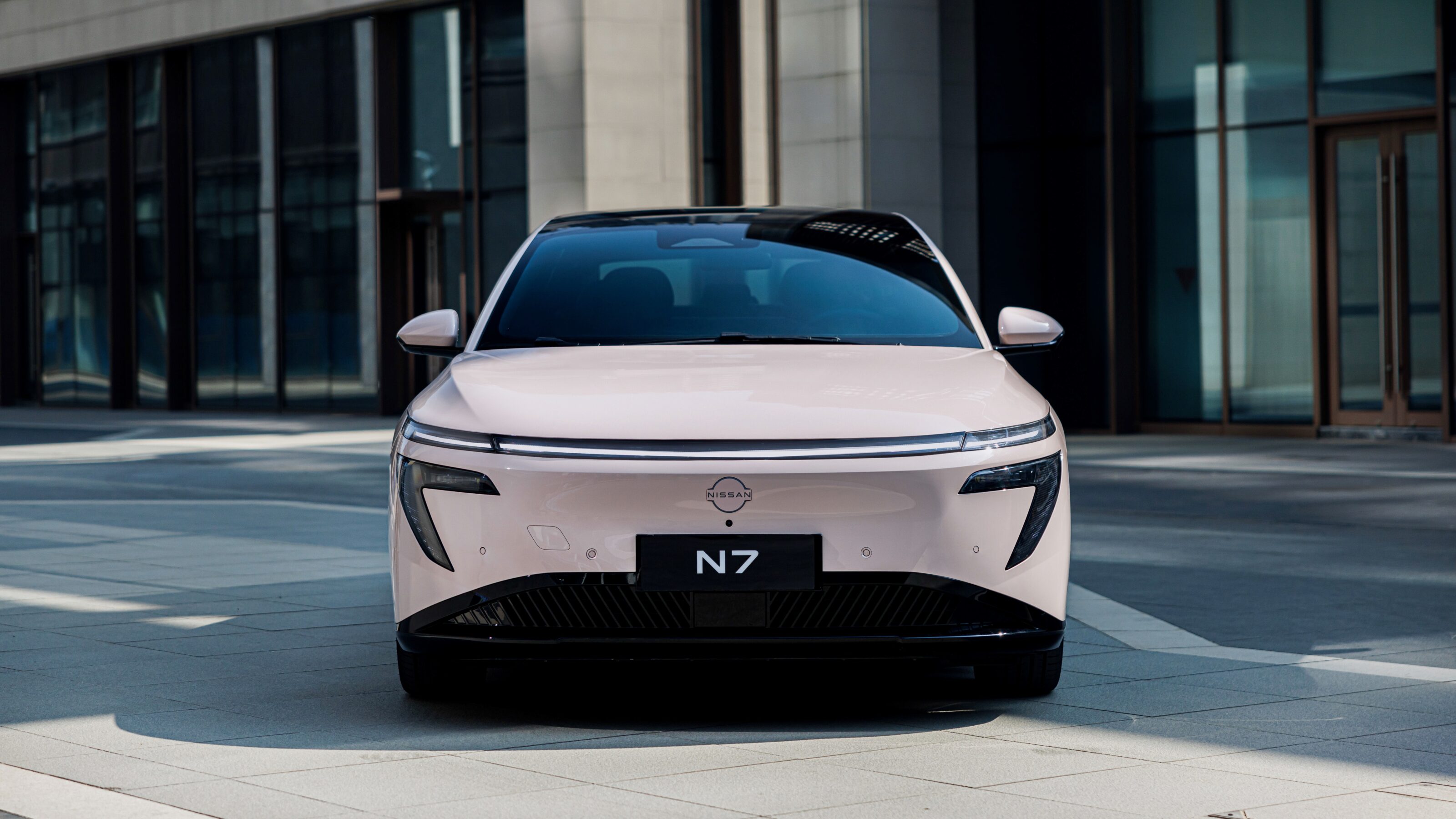IF YOU’RE going to show a car that doesn’t exist and won’t exist, it makes no sense to actually build a physical model of the thing.
That was Jaguar’s logic when previewing its glimpse into the shape of motoring in 2040. The Jaguar Future-Type virtual representation is, as Ian Callum, Jaguar’s director of design explains, “part of our vision for how a luxury car brand could continue to be desirable in a more digital and autonomous age.”
While we’ve been inundated with autonomous, electric concepts of late, many of which focus on a lounge-like experience, the Future-Type is one of the few that includes a steering wheel. The Sayer wheel, named after Malcolm Sayer, designer of the Jaguar E-Type, is the way in which Jaguar proposes you’d connect to online services.
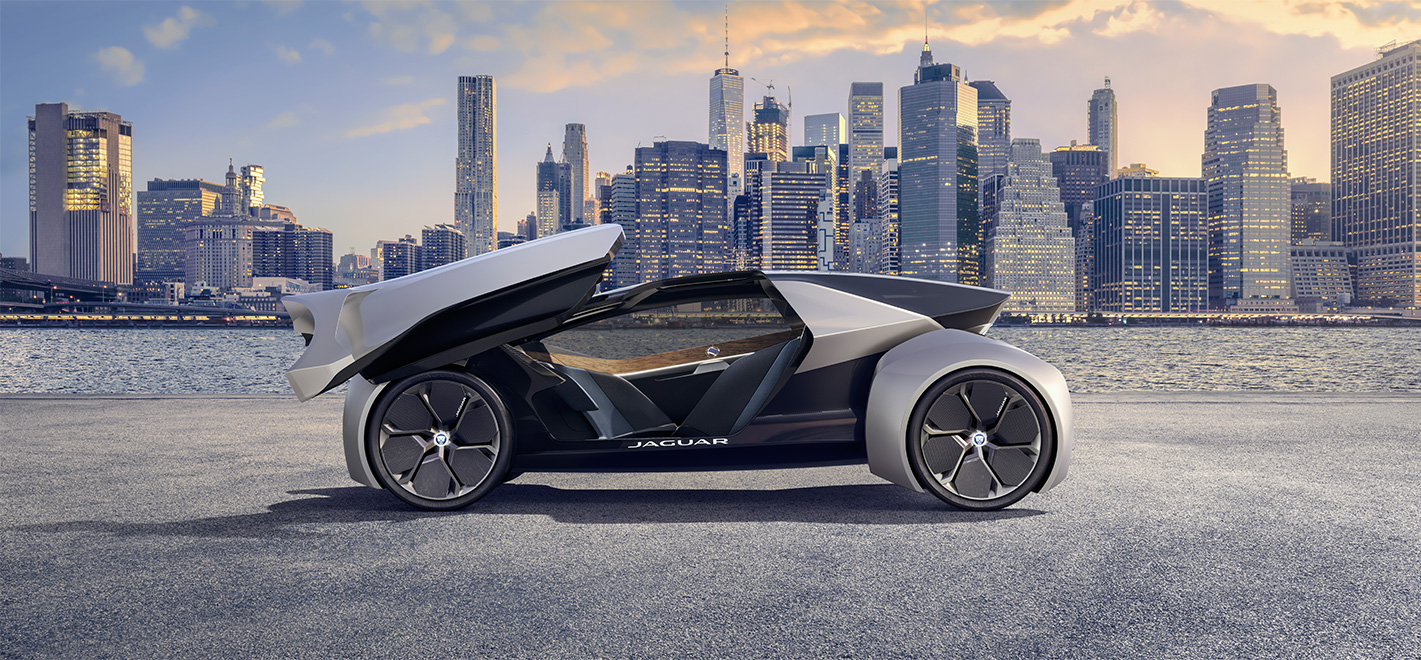
The wheel is a reassuring touch. Like most autonomous vehicles, the Future-Type has been designed to cut the driver out of the loop for tedious tasks such as commuting, but for the occasions when a driver wants to actually drive, the concept remains, at heart, a Jaguar.
“Whether it’s the exhilarating way they drive, the way they sound, the iconic design or the connection drivers feel with the road, customers tell us that their Jaguar makes them feel special.
“With the Future-Type we’ve been investigating how we can keep this emotional connection in a future world where people may choose not to own a car, or when a Jaguar is an autonomous, on-demand vehicle,” said Callum.
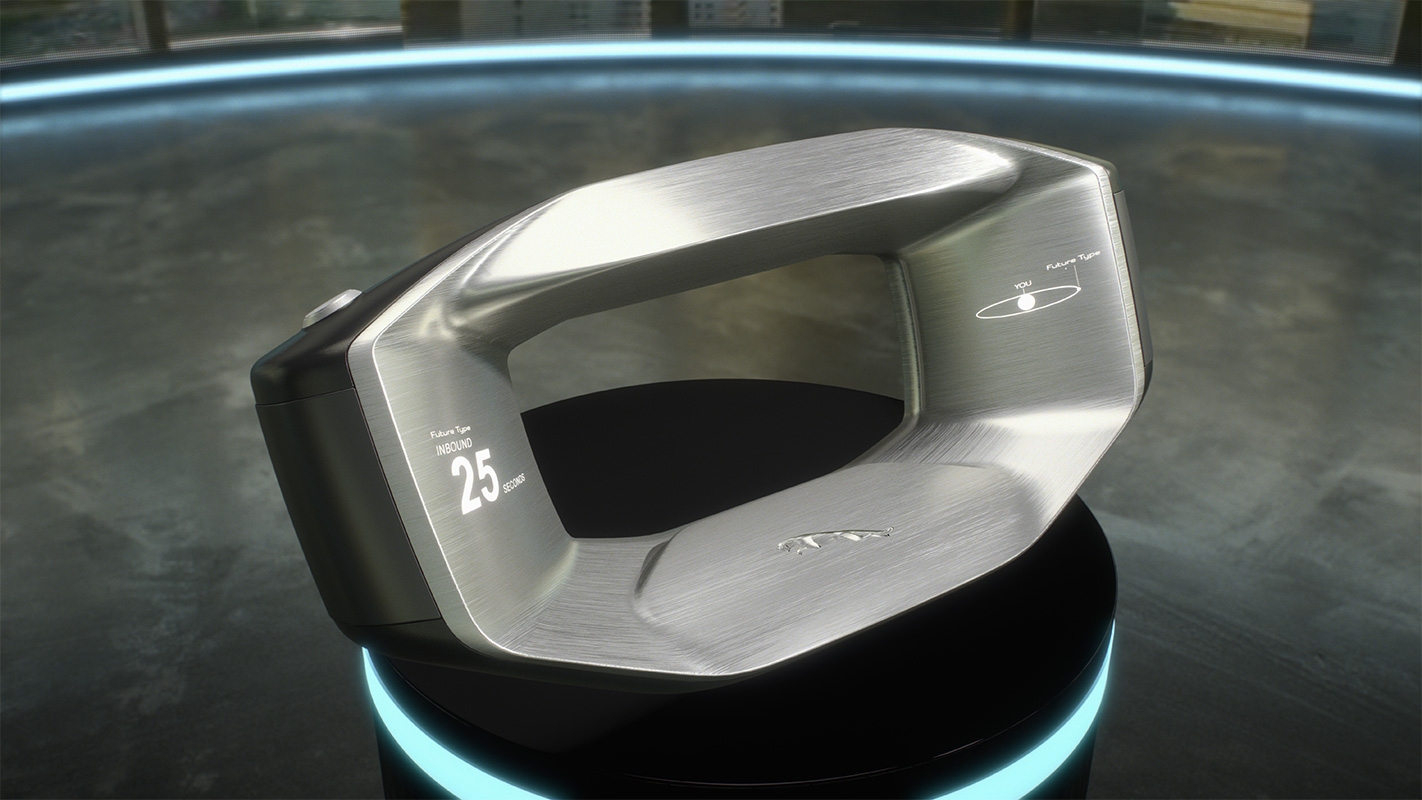
Pure EV While CEO Dr Ralf Speth has committed the group to electrification of all models by 2020, that move will largely be brought about by the proliferation of hybrid drivetrains.
The 2018 Jaguar I-Pace will be JLR’s first full electric production vehicle and it’s already spawned a support race series to Formula E.

Callum did concede that a lot of time may need to pass before some fans of the marque would accept a pure EV like the I-Pace as being a true Jaguar. “Sometimes it just takes time for people to take it on board, but the values are strong enough to run through [to an EV].”
The truth of urban autonomy:
JLR’s push to autonomy has a rather more prosaic basis in reality. At present, the company is trialling driverless tech in the real world.
Autonomous Urban Drive can enable a vehicle to operate without a driver through a city, obeying traffic lights as well as negotiating T-junctions and roundabouts.
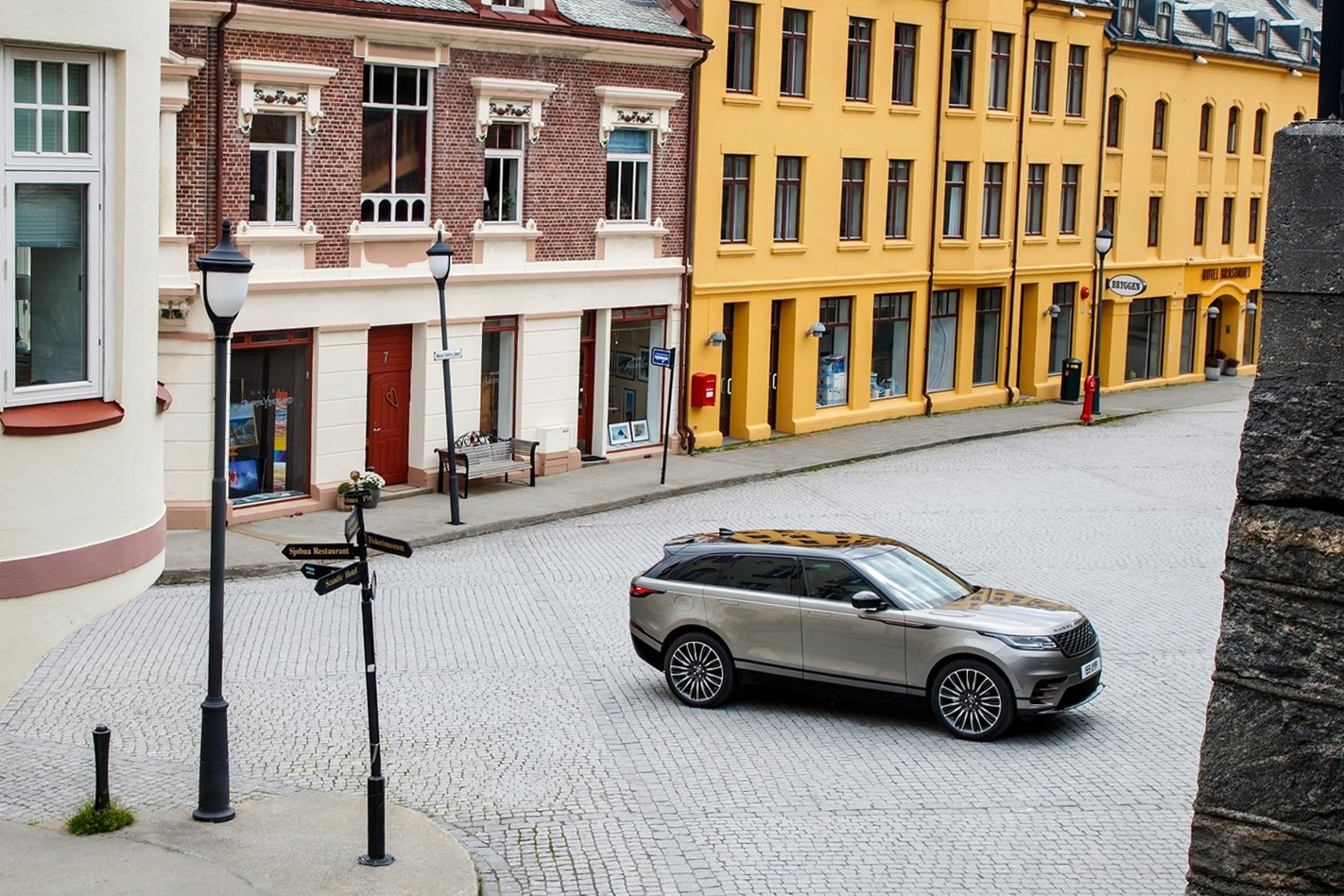
The current Range Rover Velar also introduces the Blade system. This so-called ‘digital butler’ introduces the basis of connected tech for autonomy, and allows you to interact with the car from a smartphone.


